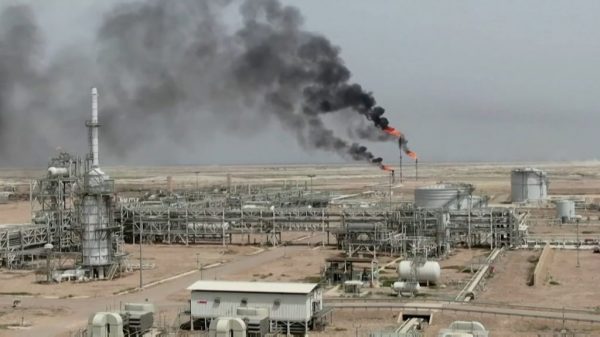The U.N. World Meteorological Organization (WMO) Tuesday called the heatwave hitting the Pacific Northwest corner of the United States “exceptional and dangerous,” and says it could last at least another five days.
Speaking to reporters from Geneva, a WMO spokeswoman said while records have fallen in the U.S. states of Oregon and Washington, western Canada has seen extreme heat as well.
Extreme #heat hits Northwest USA and Western Canada, which saw new record temperature of 47.9°C
Many parts of northern hemisphere have seen exceptionally high temperatures#Climatechange ➡️more frequent and intense heatwaves
Roundup is here https://t.co/qI0ncloKpd
Graphic @ecmwf pic.twitter.com/fposUALIMU— World Meteorological Organization (@WMO) June 29, 2021
Lytton, British Columbia, set Canada’s all-time high temperature Sunday with 46.6 degrees Celsius, only to see it broken less than 24 hours later, hitting 47.9 Celsius Monday.
The official said the temperatures for this time of year and location are shocking. “It’s in the province of British Columbia, it’s to the Rocky Mountains, the Glacier National Park, and yet we’re seeing temperatures which are more typical of the Middle East or North Africa.”
In an area used to temperatures 20- to 30 degrees cooler, the WMO said the extreme heat poses major health threats to residents as well as agriculture and the environment.
The WMO said the extreme heat is caused by “an atmospheric blocking pattern,” which has led to a “heat dome” — a large area of high pressure — trapped by low pressure on either side. The organization said the temperatures would likely peak early this week on the coast and by the middle of the week in the interior of British Columbia; afterward, the baking heat is expected to move east toward Alberta.
The U.S. National Weather Service in Portland, Oregon, on its Twitter account late Monday, reported cooler air was already in the region along the coastline.
In a tweet Sunday, the Oregon Climate Service said the climate system is no longer in a balanced state, and such heat events “are becoming more frequent and intense, a trend projected to continue.”














































